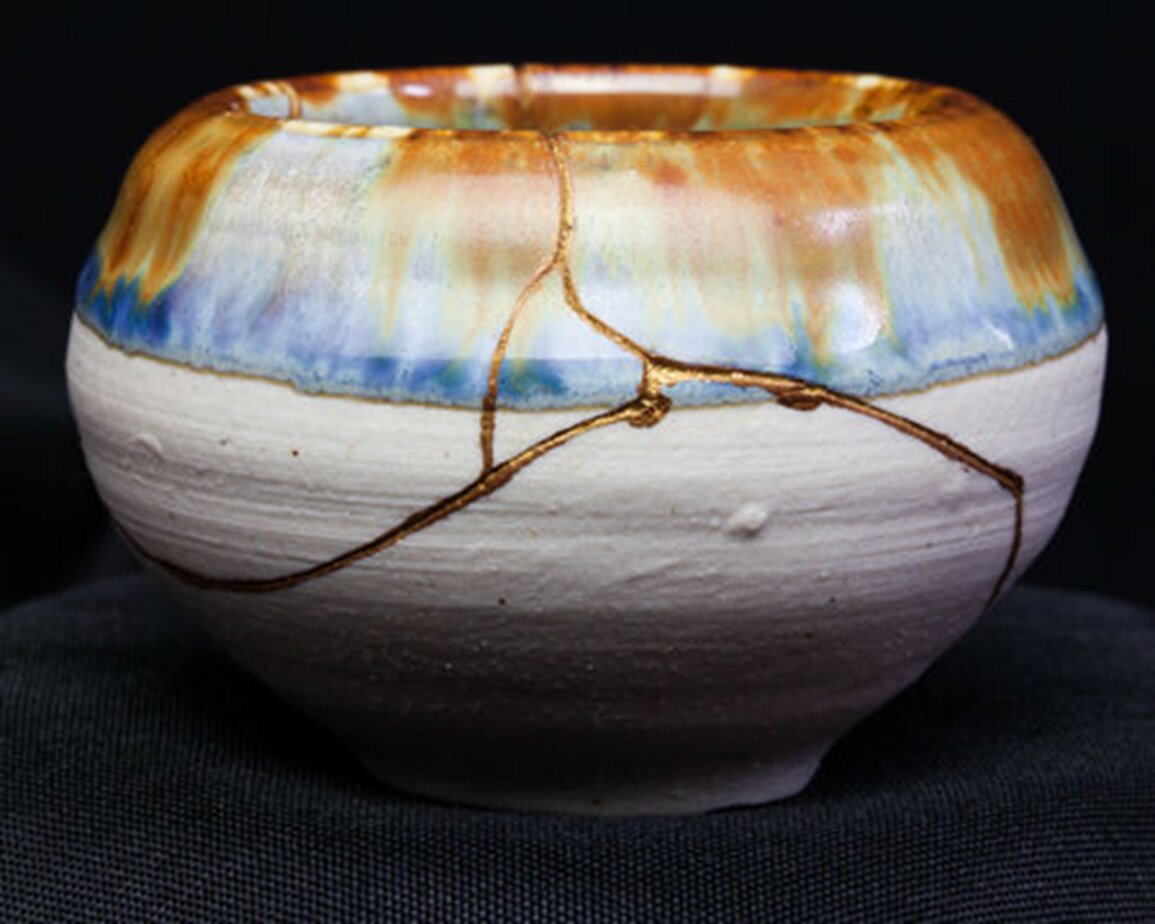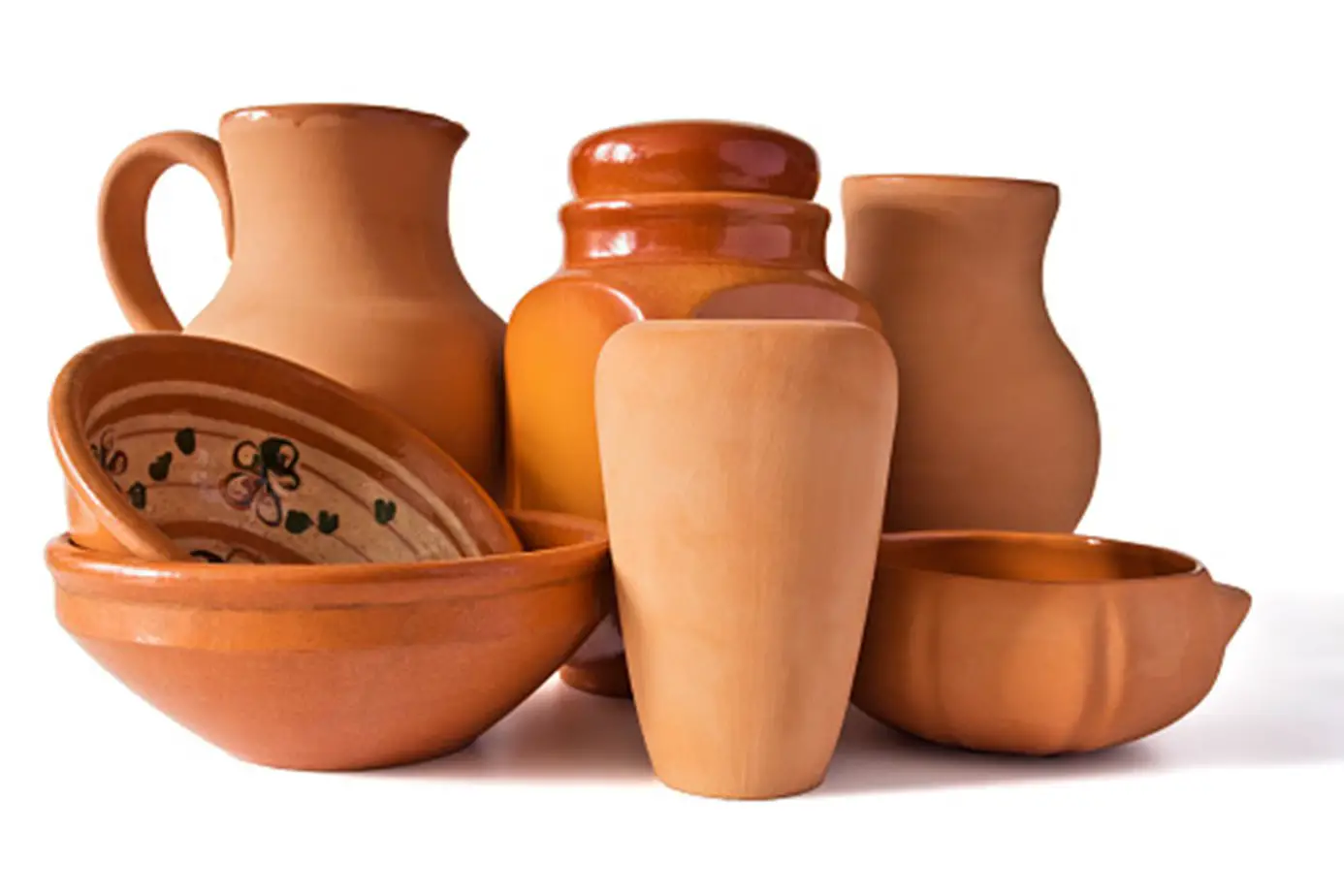Have you found an old beautifully-crafted clay pot placed earlier at your house for holding water but wondering how to use it again because of its numerous deformities? If it is a yes, it becomes crucial for you to understand different aspects of pottery to maintain its structure and traits.
Pottery involves the creation of clay objects used primarily for holding liquids and serving food. These objects are developed using a long process, and hence, the possibility of errors always remains during their formation. Therefore, in case you come across such pottery, you have to find out the reasons and methods that can be taken to restore it.
Reasons Behind A Leaking Pottery
Numerous aspects contribute to the leakages in pottery. However, the structural deformities and lack of attention at the potter’s end contribute primarily to a leaking or weeping pot.
A clay pot must be made dense using the vitrification process to prevent water flow. In addition, it must have a porosity of less than 1%.
Nevertheless, other reasons also affect the quality of pottery and result in water leakage. The following are some of the causes of a leaky pot.
1. Crazing
Crazing is a big reason why pottery doesn’t hold water. It involves creating a series of minor cracks over the pot’s surface.
These cracks don’t form on the main surface. Instead, crazing affects the pottery’s glazed portion.
It weakens the integrity of clay particles and decreases the structure’s overall strength.
2. Firing Temperature
The firing temperature is another significant factor affecting the quality of the clay body. The higher the firing temperature, the lesser the chances of leaking water.
Terra Cotta, a category of red firing pottery, has a porosity ranging from 10-15% when heated at a specific high-temperature range.
On the contrary, clay deposits that burn at lower temperatures include natural minerals with a crystalline presence, which increases the chances of leakage.
3. Glazing Process
Leaking problems can occur even if the glazing process has been accomplished correctly. It is because some porous substances tend to expand as they come in contact with moisture.
Moreover, it gets challenging to glaze a pot at lesser temperatures as they don’t create a proper bond with the surface of the pottery.
Last but not least, the glaze quality also determines the water-holding capacity of a pot. A poor-quality glaze doesn’t adhere to the clay body surface properly, resulting in leakage issues.
Hence, you must always opt for high-quality glaze like the Sax True Flow Gloss Glaze for your pots and fire it at higher temperatures to avoid leakage issues.
Porosity And Its Impact On Pottery
Porosity is an important term in pottery that helps decide the type of pot suitable for specific needs. It indicates the density, durability, and strength of clay. In simple words, porosity implies the capacity of your pot’s clay to absorb water.
It is calculated in percentage and shows the degree of vitrification. The strength of pottery is also demonstrated through this aspect and enables the comparison of pots fired at different temperatures.
Porous Ceramics And Their Levels
Porous ceramics possess a significant number of tiny holes on their surfaces. They are lighter than typical ceramics as their pores are packed with air. It reduces the thermal conductivity and heat capacity to a considerable extent. Stoneware has coarser clay particles having a maximum porosity of 3%, and heating beyond this level leads to the melting of the body.
Besides, the porosity levels of clay also impact ceramics’ resistance to thermal conductivity or thermal shock. Generally, increasing the porosity reduces the thermal shock resistance and strength of ceramics. Therefore, always make a pottery piece with clay having a small porosity level to hold water and other contents efficiently.
Here is a table of different types of clay materials, along with their features and porosity levels, which you must remember while making pottery.
Types |
Porosity (Density Index in %) |
Characteristics |
Earthenware |
>15 |
Higher plasticity and lower mechanical strength |
Ball Clay |
0.34 to 40.2 |
High levels of unfired mechanical force |
Porcelain |
17 to 34 |
Whiteness and good resistance to chemicals |
Fire Clay |
35 |
Resistance to high temperatures and offers stability |
Stoneware Clay |
< 3 |
Non-porous and liquid-resistant |
Non-Calcareous Clay |
≥50 |
High density, linear shrinkage, and no smectite |
Celadon |
10 to 30 |
Green-gray in hue and excellent quality |
Easy Process To Fix The Leaking Pottery
After gaining detailed information about the pottery and the reasons for its leakage, it is high time you make an effort to fix it. So, you need to gather some materials, including a soft cloth, ceramic cleaner, and acrylic floor sealant, to get the optimum results in one go.

Follow the steps below to provide a seal to your leaking pottery or ceramics.
-
Begin the procedure by cleaning your pottery using a cleaner available for ceramics and cloth. Next, you need to clean the dirt from its surface to ensure that the sealing process remains effective. Now, you can put your pottery onto a flat surface suitable for executing further steps.
-
Apply a small amount of acrylic floor sealant over the outer part of the pot using a cloth piece. Then, spread it properly over the entire surface of the pottery. Once done, put the ceramic in a safe place for a whole day so the sealant can dry. It is essential to remember that the sealant has to be used for ceramic vases and pots and not for dinnerware, as it is not food-safe.
-
Repeat the previous step and apply another coat of sealant. Leave the pot for a couple of days to attain satisfying outcomes.
-
Now, you can fill water inside the pottery to check whether it is holding the liquid or not. If leakage occurs, you must apply another 1-2 layers of sealant following a similar process.
However, there is a possibility that the pottery can leak even after multiple sealant layers. In such a case, you must conclude that this piece is unsuitable for holding water and other liquids.
Conclusion
Holding water is one of the most common purposes for which pottery is employed. But due to specific problems in its structure and formation, it gets difficult to utilize it for storing liquids. So, you can easily do the repair work at your house using the fixation materials and process mentioned above.
However, prevention is always better than cure. Hence, while making a new pot, you must use the right clay type suitable for your requirements to prevent leakage issues from the beginning.








